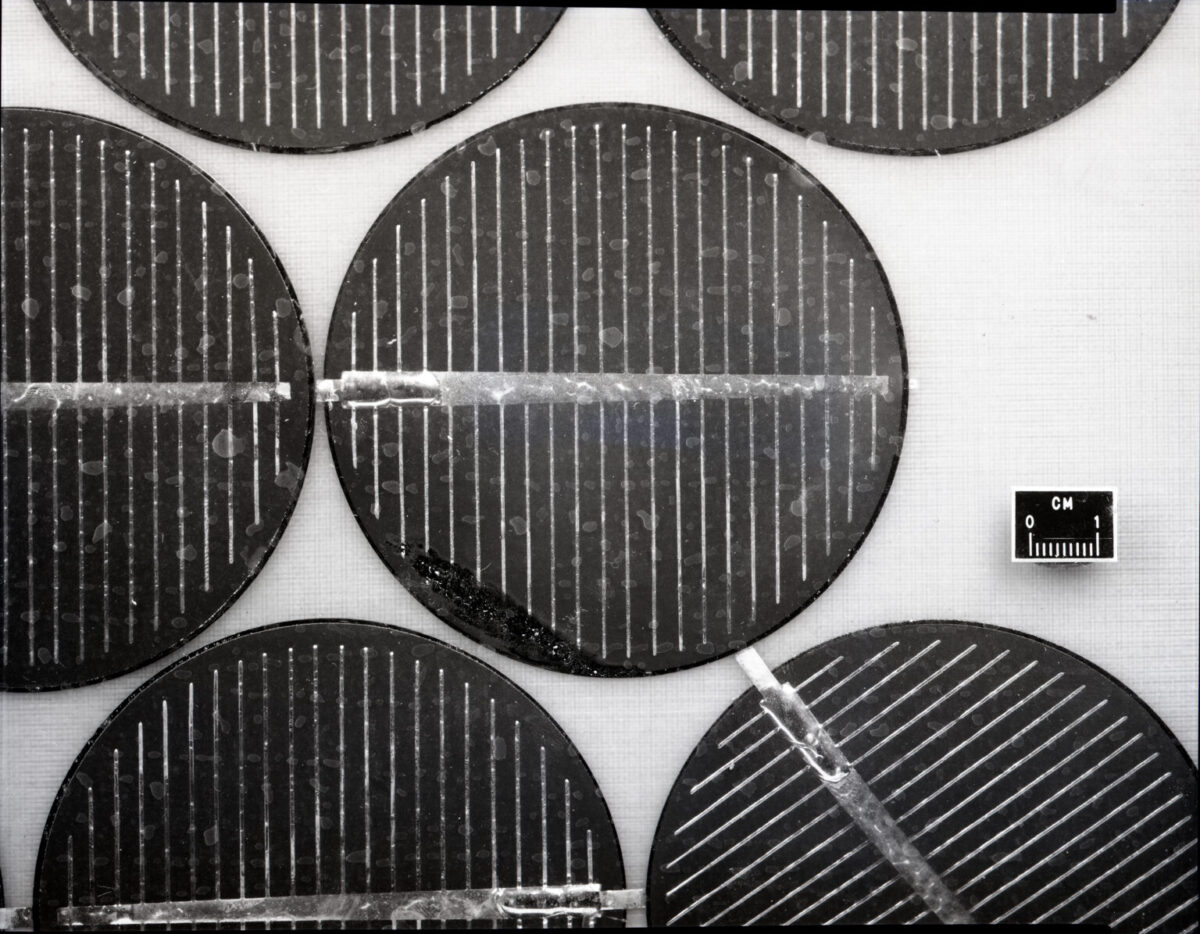From pv magazine Germany
Exactly 70 years ago today, scientists at Bell Labs in New Jersey presented the first practical “solar battery” to the public. The New York Times reported at the time that “this invention could mark the beginning of a new era – the harnessing of the almost limitless solar energy for human civilization.”
However, it took several decades for this vision to become tangible. The global growth of PV has only really gained momentum in the last 10 years. While 1 GW of PV power was installed worldwide throughout 2004, by 2010 it was at 1 GW per month. Five years later, installation reached 1 GW per week and most recently, around 1 GW per day, according to Carsten Pfeiffer, head of strategy at Germany’s Bundesverband Neue Energiewirtschaft association, in a recent Twitter thread. “We will probably see an annual increase of 1 TW within this decade,” he stated.
U.S. scientists Daryl Chapin, Gerald Pearson and Calvin Fuller initially only had the task of developing a reliable energy source for remote telephone systems where conventional batteries had been ineffective. Solar cells made from the semiconductor material selenium had already been developed, but their efficiency was too low for useful applications.
Systematic, months-long development of a silicon solar cell produced the functioning prototype for the first usable solar module, which was presented on April 25, 1954. The efficiency at the time was only 6%. This initially increased slowly in the following decades. Only over the last two decades, due to the industrialization of PV production and accelerated technical progress, has this increased to around 25%, which is close to the physical limit established for silicon solar cells.
Even today, Bell Labs – which was then part of AT&T and now operates under Nokia Bell Labs – calls “the solar cell” one of its “greatest innovations.” The three scientists were posthumously honored for their invention in 2008 by being inducted into the US National Inventors Hall of Fame.
In 2004, the US Department of Energy’s National Renewable Energy Laboratory (NREL) published an article celebrating the cell’s 50th birthday.
Author: Thomas Seltmann
This content is protected by copyright and may not be reused. If you want to cooperate with us and would like to reuse some of our content, please contact: editors@pv-magazine.com.








By submitting this form you agree to pv magazine using your data for the purposes of publishing your comment.
Your personal data will only be disclosed or otherwise transmitted to third parties for the purposes of spam filtering or if this is necessary for technical maintenance of the website. Any other transfer to third parties will not take place unless this is justified on the basis of applicable data protection regulations or if pv magazine is legally obliged to do so.
You may revoke this consent at any time with effect for the future, in which case your personal data will be deleted immediately. Otherwise, your data will be deleted if pv magazine has processed your request or the purpose of data storage is fulfilled.
Further information on data privacy can be found in our Data Protection Policy.